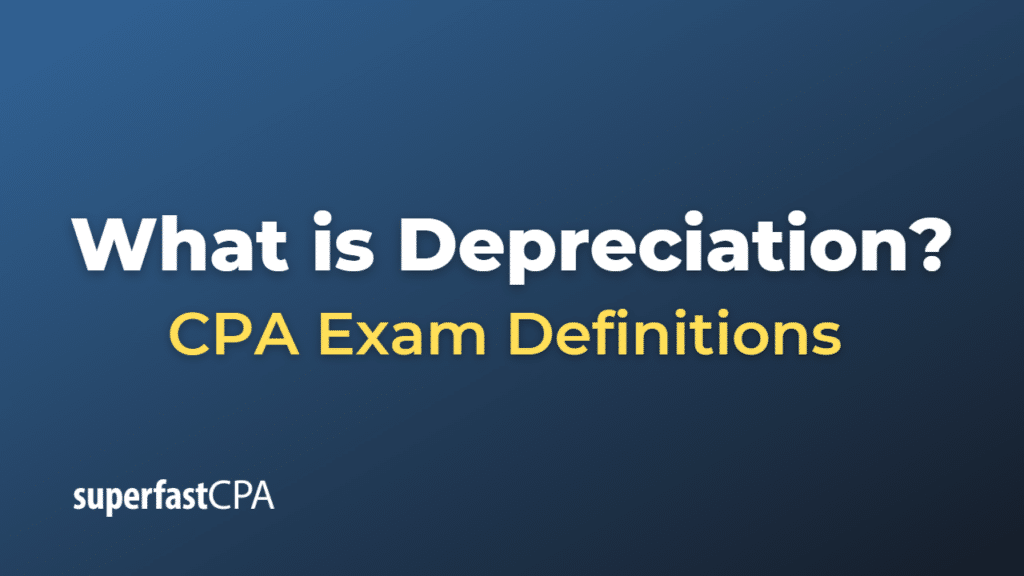Depreciation
Depreciation is an accounting method used to allocate the cost of a tangible or physical asset over its useful life or life expectancy. It represents how much of an asset’s value has been used up.
Depreciation takes into account the wear and tear that occurs as the asset is used, as well as how much value the asset loses over time. The concept of depreciation is used in businesses to gradually deduct the cost of assets used in a business over a period of time.
For example, let’s say a company buys a machine for $100,000. The company expects the machine to last for 10 years. According to these figures, the company would depreciate the machine at the rate of $10,000 per year. This means that rather than taking a $100,000 expense in the year the machine was purchased, the company would instead record a $10,000 depreciation expense each year for 10 years.
There are different methods to calculate depreciation, such as the straight-line method, declining balance method, and units of production method. The appropriate method depends on the specific circumstances of the business and the nature of the assets involved.
Example of Depreciation
Let’s take an example using the straight-line method, which is the simplest and most commonly used method of depreciation.
Consider a delivery company that purchases a delivery van for $50,000. The company estimates that the van’s useful life is 5 years, after which it won’t have any resale value (i.e., its salvage value is $0).
Under the straight-line method of depreciation, the annual depreciation expense is calculated by subtracting the estimated salvage value from the cost of the asset and then dividing by the useful life of the asset.
In this case:
\(\text{Depreciation Expense} = \frac{\text{Cost of Asset – Salvage Value}}{\text{Useful Life}} \)
\(\text{Depreciation Expense} = \frac{\$50,000 – \$0}{5} \)
\(\text{Depreciation Expense} = \$10,000 \)
So, the company will record a depreciation expense of $10,000 annually for the next 5 years.
This allows the company to spread out the cost of the van over its useful lifespan, matching the expenses to the revenues that the van helps to generate, which aligns with the matching principle in accounting. By the end of 5 years, the net book value of the van on the company’s balance sheet (its original cost minus accumulated depreciation) would be $0, which is the van’s estimated salvage value.













